Crisp, juicy, and naturally sweet, sugar snap peas are one of the most beloved vegetables in American gardens and kitchens. Whether you’re tossing them into a salad, stir-frying them with garlic, or munching on them fresh from the vine, sugar snap peas deliver that perfect blend of sweetness and crunch that’s hard to resist.
A hybrid between snow peas and garden peas, sugar snap peas combine the best of both worlds: the edible pod of snow peas and the plump sweetness of garden peas. They’re also incredibly easy to grow, making them a top pick for home gardeners looking to add freshness and flavor to their meals.
In this complete guide, we’ll explore the wonders of sugar snap peas—from their nutritional value and health benefits to how you can grow them successfully in your own backyard and enjoy them in a variety of delicious dishes.
What Are Sugar Snap Peas?
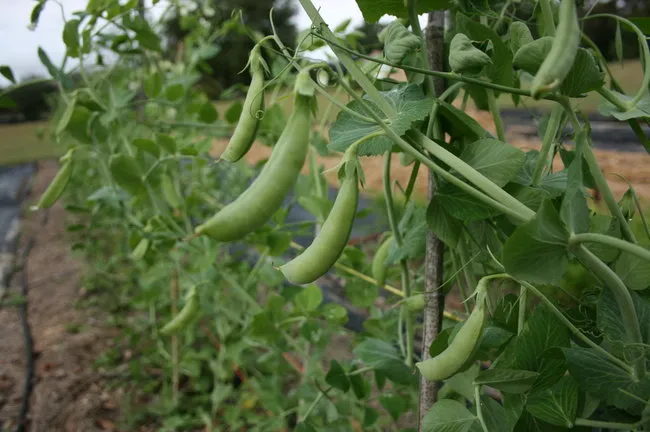
Sugar snap peas (Pisum sativum var. macrocarpon) are a relatively recent addition to the legume family. They were first developed in the 1970s by American plant breeders who wanted a pea that was as sweet as garden peas but with an edible pod like snow peas.
The result was the perfect garden vegetable—sweet, crunchy, and incredibly versatile. Today, sugar snap peas are a springtime favorite across the U.S., grown everywhere from backyard gardens to large farms.
Each pod is plump and slightly rounded, housing small, tender peas that burst with flavor. Unlike garden peas, you don’t need to shell them—the entire pod is edible and delicious.
Nutritional Profile: Small Pods, Big Nutrition
Don’t be fooled by their small size—sugar snap peas are loaded with nutrients that make them a smart choice for anyone looking to eat healthier.
Nutrition per 100 grams (about 1 cup raw):
- Calories: 42
- Protein: 3 grams
- Carbohydrates: 7 grams
- Fiber: 2.5 grams
- Fat: 0 grams
- Vitamin C: 60% of Daily Value
- Vitamin K: 25% of Daily Value
- Vitamin A: 20% of Daily Value
- Folate and Iron: Excellent sources
- Potassium and Magnesium: Moderate levels
Sugar snap peas are low in calories and fat, yet rich in vitamins, antioxidants, and fiber. They provide a refreshing energy boost while supporting overall wellness.
Health Benefits of Sugar Snap Peas
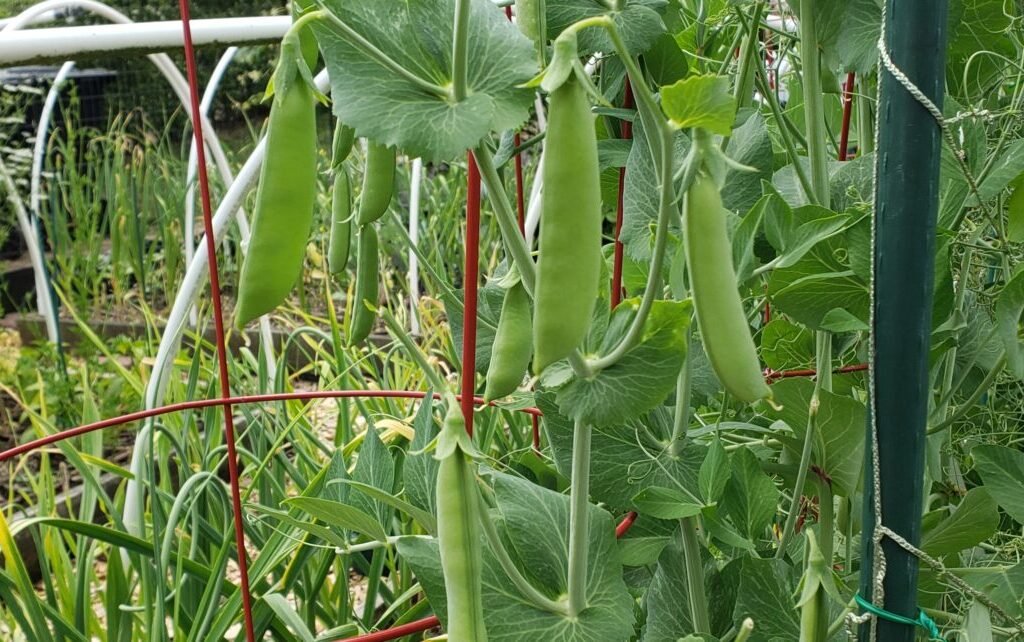
1. Boosts Immune System
Packed with vitamin C, sugar snap peas help strengthen your immune defenses, promoting faster healing and protection against colds and infections.
2. Great for Weight Management
These sweet peas are low in calories but high in fiber and water content—helping you stay full longer while keeping your calorie intake in check.
3. Supports Heart Health
The potassium and antioxidants in sugar snap peas can help reduce blood pressure and improve cardiovascular function.
4. Promotes Healthy Skin and Vision
Thanks to vitamin A and carotenoids, sugar snap peas support eye health, glowing skin, and protection from age-related vision loss.
5. Enhances Bone Strength
Vitamin K and folate work together to maintain bone density and support calcium absorption.
6. Improves Digestive Health
Their natural fiber content helps promote smooth digestion, prevents constipation, and supports gut health.
7. Anti-Aging Properties
Antioxidants like lutein, zeaxanthin, and flavonoids help combat free radicals, reducing signs of aging and inflammation.
Sugar Snap Peas in American Gardens
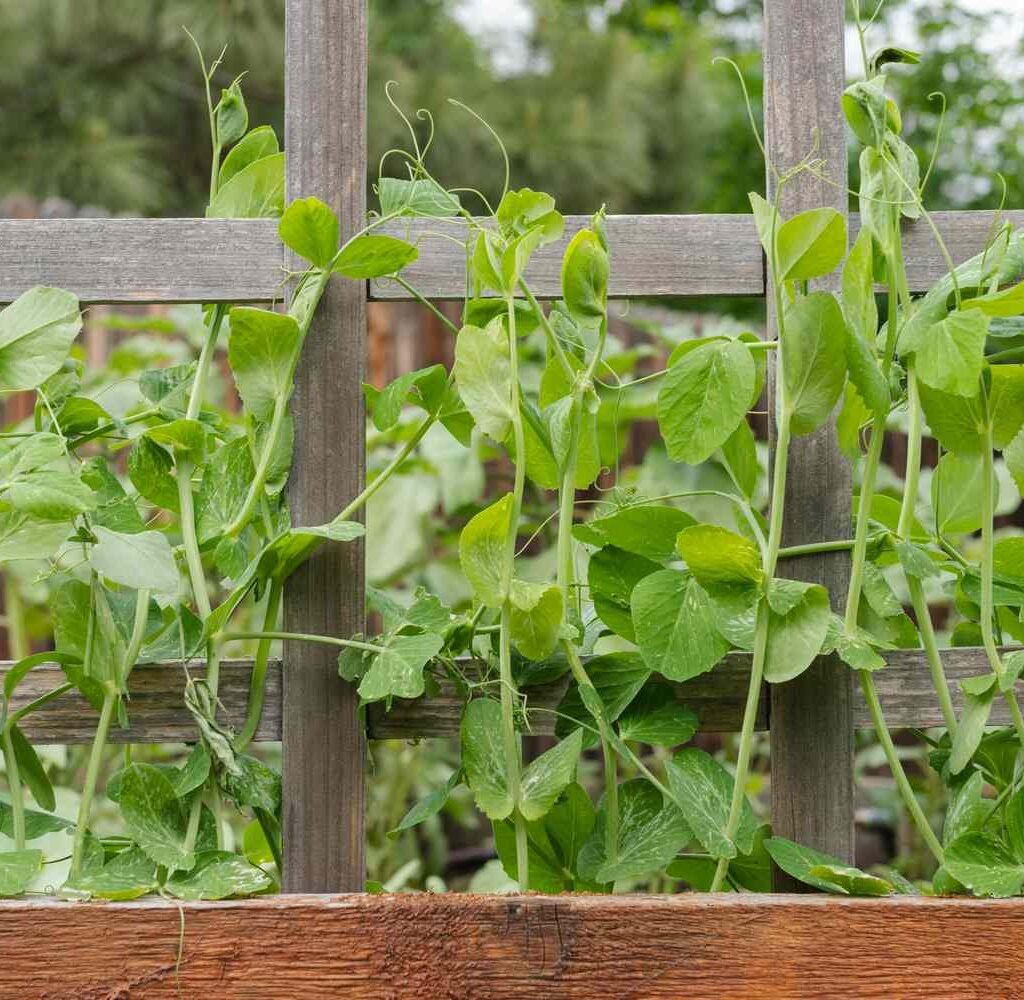
Sugar snap peas are a home gardener’s dream crop—fast-growing, low-maintenance, and rewarding. They thrive in cool weather, making them perfect for spring and early summer gardens across the United States.
They’re often one of the first vegetables to hit the table in spring, offering crisp, sweet pods long before tomatoes and peppers are ready to harvest.
Best Growing Regions in the U.S.
Sugar snap peas grow well in USDA zones 3 through 9. They prefer cool temperatures (55°F–70°F), making them ideal for northern states in early spring or southern states in late fall.
How to Grow Sugar Snap Peas in Your Garden
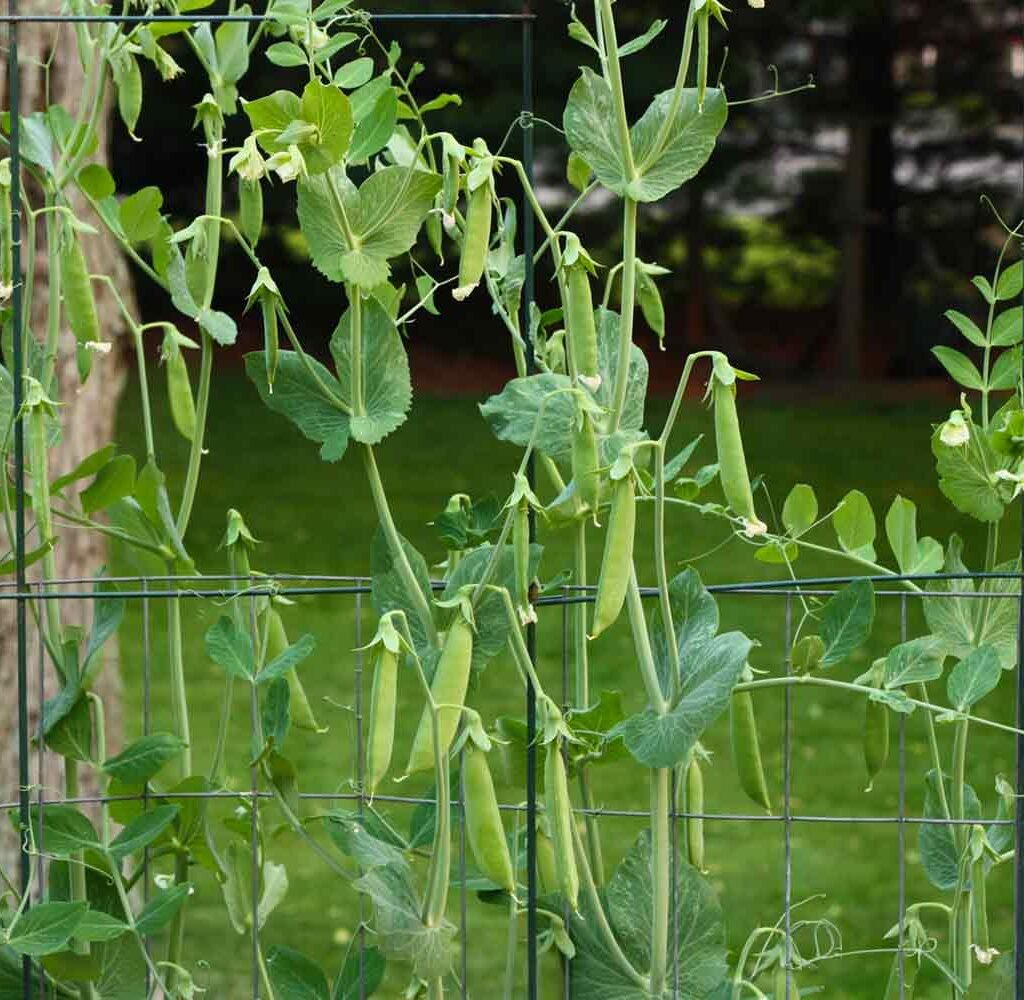
1. Choosing the Right Variety
Some popular varieties for American gardens include:
- ‘Sugar Ann’ – A compact, early-maturing variety perfect for small spaces.
- ‘Sugar Daddy’ – Stringless pods with excellent flavor.
- ‘Super Sugar Snap’ – High-yielding and disease-resistant.
- ‘Cascadia’ – Ideal for cooler climates with great pod quality.
2. When to Plant
- Spring: Plant seeds 4–6 weeks before the last expected frost date.
- Fall: In warmer areas, plant seeds 8–10 weeks before the first frost.
Sugar snap peas can tolerate light frost but prefer consistent cool weather.
3. Soil Preparation
Choose a sunny spot with well-drained, loamy soil. A soil pH of 6.0–7.5 is ideal. Mix compost or aged manure before planting to enhance soil fertility.
4. Planting the Seeds
- Sow seeds 1 inch deep and 2 inches apart.
- Keep rows 18–24 inches apart.
- Water gently to avoid disturbing the seeds.
5. Providing Support
Most sugar snap pea varieties are climbing plants. Use trellises, netting, or bamboo stakes to support their vines. This encourages better airflow and makes harvesting easier.
6. Watering and Care
- Keep soil consistently moist but not soggy.
- Avoid overhead watering to prevent mildew.
- Mulch around the base to retain moisture and control weeds.
7. Harvesting
Sugar snap peas are ready to harvest about 60–70 days after planting.
- Pods should be plump but still tender and crisp.
- Frequent picking encourages continuous production.
Common Pests and Problems
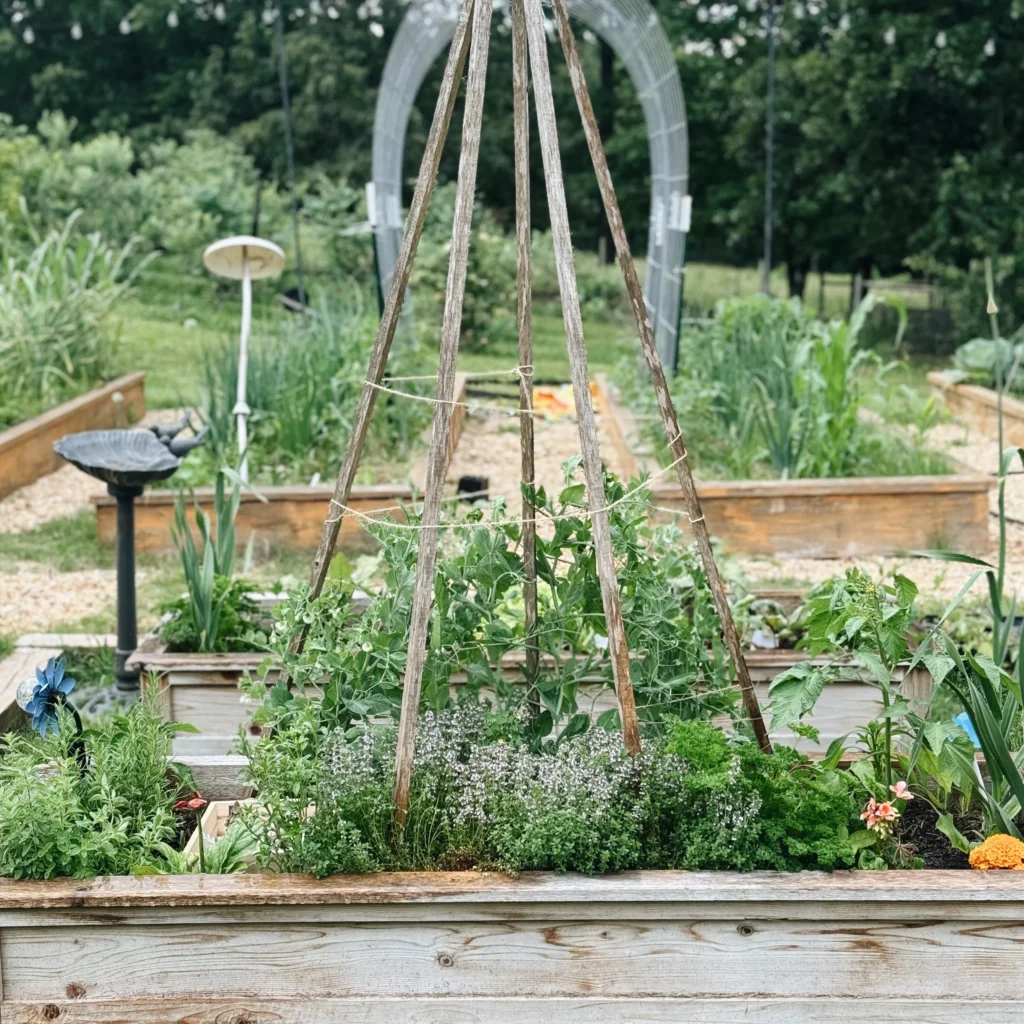
Like all garden plants, sugar snap peas can face a few challenges. Here’s how to handle them naturally:
- Aphids: Spray with neem oil or use insecticidal soap.
- Powdery Mildew: Improve air circulation and avoid wetting leaves.
- Pea Weevils: Rotate crops annually to prevent infestations.
- Slugs: Use organic traps or copper barriers to keep them away.
Planting companion plants like carrots, radishes, or lettuce can help deter pests naturally and improve soil health.
Delicious Ways to Enjoy Sugar Snap Peas
Sugar snap peas shine in both raw and cooked dishes. Their natural sweetness and crisp texture make them perfect for a variety of meals.
1. Classic Garlic Snap Peas
Quickly sauté sugar snap peas with olive oil, garlic, and a sprinkle of sea salt for a healthy, flavorful side dish.
2. Snap Pea Salad
Combine blanched sugar snap peas with cherry tomatoes, feta cheese, and lemon vinaigrette for a refreshing spring salad.
3. Stir-Fried Snap Peas with Chicken
Toss sugar snap peas, chicken, and bell peppers with soy sauce and sesame oil for an easy, high-protein dinner.
4. Roasted Sugar Snap Peas
Coat pods lightly in olive oil, sprinkle with salt, and roast at 400°F for 10 minutes—an unexpectedly delicious twist!
5. Fresh Snack Packs
Pair raw sugar snap peas with hummus or ranch dressing for a crunchy, on-the-go snack that’s both kid- and diet-friendly.
6. Snap Pea Pasta
Add lightly steamed sugar snap peas to creamy pasta dishes for extra texture, color, and nutrition.
Storing Sugar Snap Peas
Sugar snap peas are best eaten fresh, but proper storage can extend their shelf life:
- Refrigerate: Keep unwashed pods in a perforated plastic bag for up to 5 days.
- Freeze: Blanch for 2 minutes, cool in ice water, drain, and freeze in airtight containers for up to 6 months.
Avoid overcooking them—just a quick sauté or steam will preserve their crispness and flavor.
Sustainability and Soil Benefits
Sugar snap peas are not just good for you—they’re great for your garden, too. As nitrogen-fixing legumes, they improve soil fertility by converting nitrogen from the air into nutrients plants can use.
This natural process reduces the need for chemical fertilizers and supports sustainable, eco-friendly gardening. Growing peas as part of a crop rotation system also helps maintain soil health and prevent pest buildup.
Fun Facts About Sugar Snap Peas
- Sugar snap peas were developed in Idaho in the 1970s by plant breeder Calvin Lamborn.
- They’re sometimes called “the perfect pea” because they combine sweetness, crunch, and edibility.
- Unlike snow peas, sugar snap peas have thicker, juicier pods.
- The flowers of the sugar snap pea plant are also edible and attract pollinators.
- They’re one of the few vegetables that taste as good raw as they do cooked!
Buying the Best Sugar Snap Peas
When shopping at farmers’ markets or grocery stores, look for:
- Bright green pods with a glossy finish.
- Firm, plump pods that snap crisply when bent.
- Avoid yellowing, soft, or wrinkled pods—they’re past their prime.
Conclusion: Sweet, Crisp, and Worth Growing
Sugar snap peas are truly one of nature’s best gifts—a vegetable that’s as nutritious as it is delicious. With their sweet flavor, crunchy texture, and simple growing needs, they’re perfect for both gardeners and food lovers across America.
Whether you grow them in your backyard, toss them in a salad, or enjoy them straight off the vine, sugar snap peas bring freshness, flavor, and health to every meal.
So, grab a handful of seeds this season and start growing your own—because few garden rewards are as satisfying as snapping into a crisp, homegrown sugar snap pea under the warm American sun.
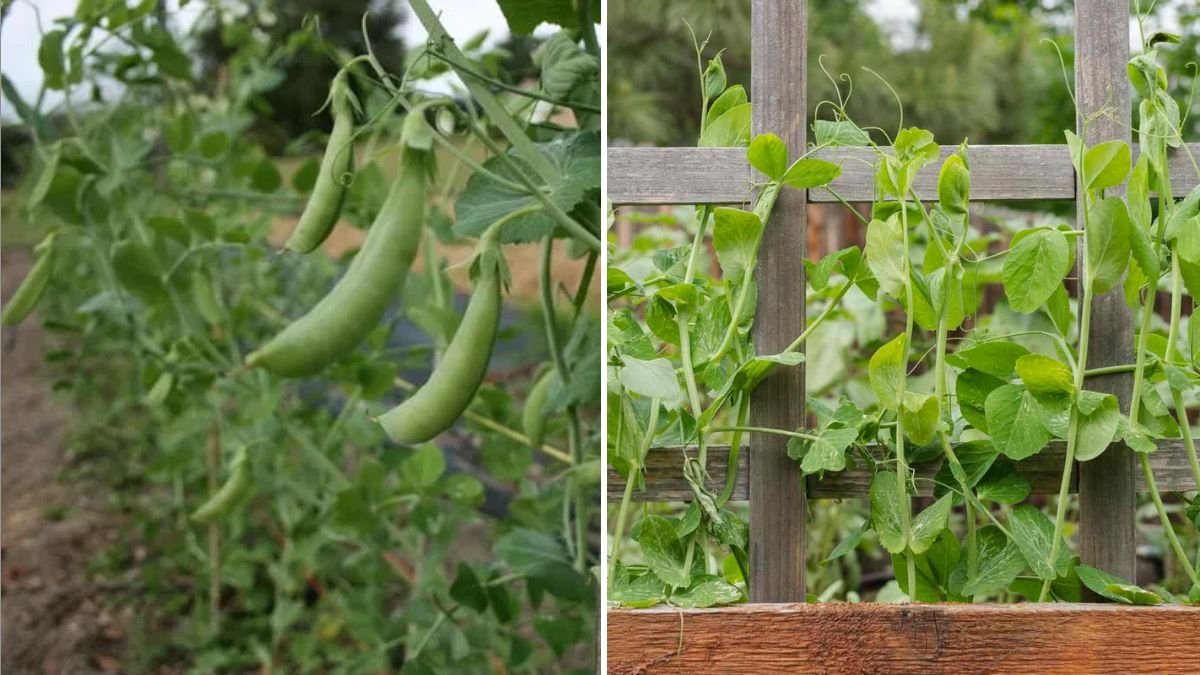
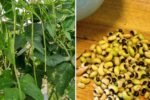
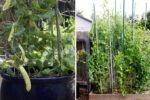



Leave A Comment